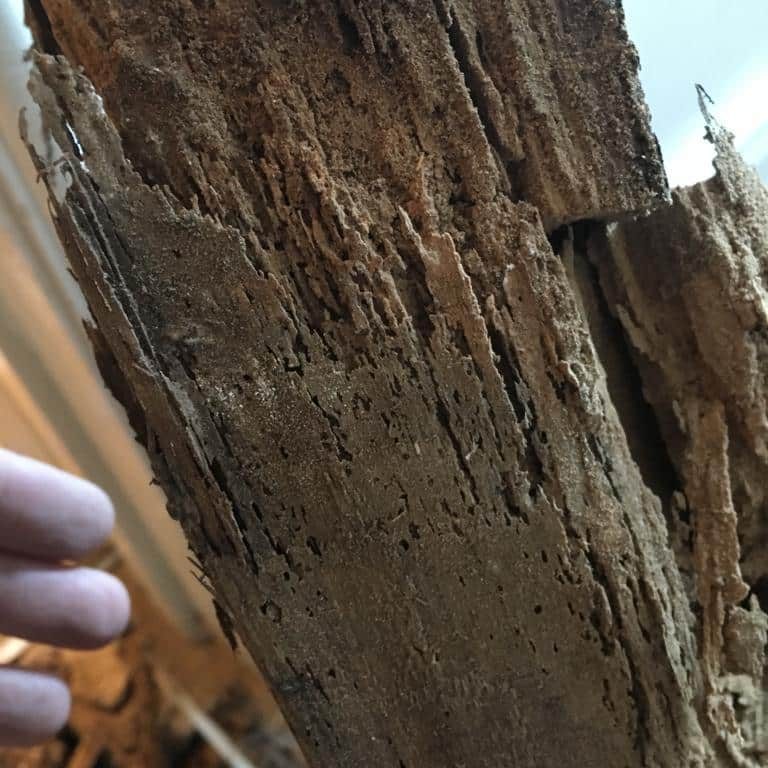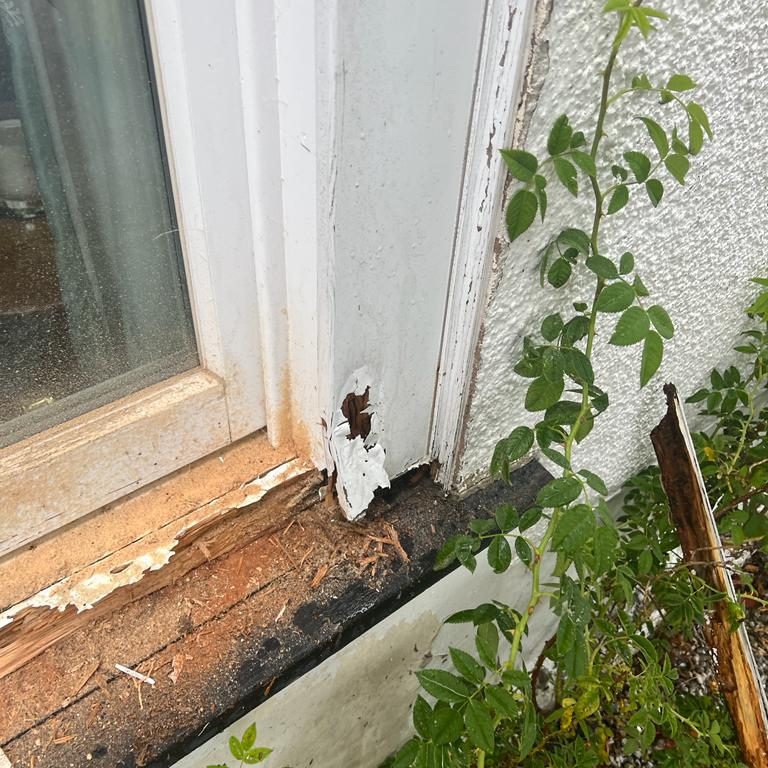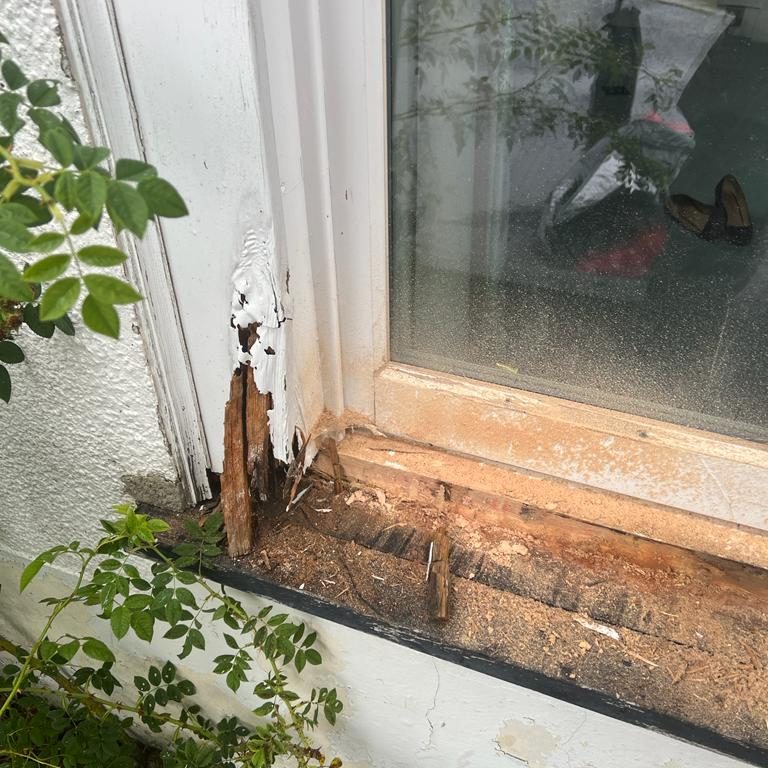Since wet rot mainly affects the wet region, it is less harmful than dry rot, but wet rot still has to be dealt with since it may compromise a structure's structural integrity.
Wet rot, a kind of wood-eating fungus, infests exposed wooden components of Halesowen houses. The most prevalent kind of the fungus is Coniophora Puteana, although there are several others as well. Wet rot may cause havoc on plaster, wallpaper, and carpets by consuming the moisture and nutrients in wood to maintain itself. By carefully devouring wood, damp rot spreads by releasing spores into the air in the hopes that they will settle on recently exposed wet wood surfaces.
If you notice any signs of wet rot in your Halesowen home, contact us today!
Halesowen's Wet Rot Types
The most common fungus, Coniophora Puteana, is sometimes referred to as damp rot and is also called basement fungus. Wet rot often falls into one of two key areas in your Halesowen house:
White rot
It could seem whiter when the damp rot fungus infects particular species of wood to degrade it. This is known as "white rot." White rot happens when the fungus eats lignin, which keeps the wood's cells together and gives it inherent rigidity. As the fungus eats down lignin and cellulose, it also removes the darker colours, causing white rot. The effect is that the wood feels soft and springy when handled.
Brown rot
Compared to white rot, brown rot seems darker. It could appear very similar to the hue of the damaged timber. Sometimes, the wet rot fungus cannot break down the lignin in some types of wood, therefore it feeds on sugars and cellulose. As a result, the afflicted wood appears brown.


Why do you have Wet Rot in Halesowen?
Wet rot can form in Halesowen houses when wood is exposed to too much moisture for an extended period of time. This kind of degradation affects wet wood, which causes it to soften.
Wet rot develops as a result of the moisture this wood absorbs. There are several sources of moisture.
Wet rot will ultimately appear on wood that has been exposed to either an internal or external moisture source. Exposed timber building elements are frequently covered, rendering them undetectable.
Causes of wet rot include:
- Condensation
- Pipework leaks
- Overflowing or leaking gutters
- Dampness through walls
- Shower trays and bathing areas
- Roof issues
How to Identify Wet Rot In Halesowen
Wet rot signs can sometimes be confused with those of dry rot, making it challenging to spot in your Halesowen property. A expert should be able to distinguish between damp rot and other types of rot due to the different colour of the rotting wood as well as the size and kind of cracks that it develops over time.
The common signs of wet rot include:
- Darkened timber – darker than surrounding timber
- Soft and spongy timber
- Cracked appearance that may crumble to touch when dry
- Localised fungus growth
- Shrinkage
- A damp, musty smell
if you have these symptoms in your home, contact CGT Carpentry today for the safest & most reliable Wet Rot treatments in Halesowen.

